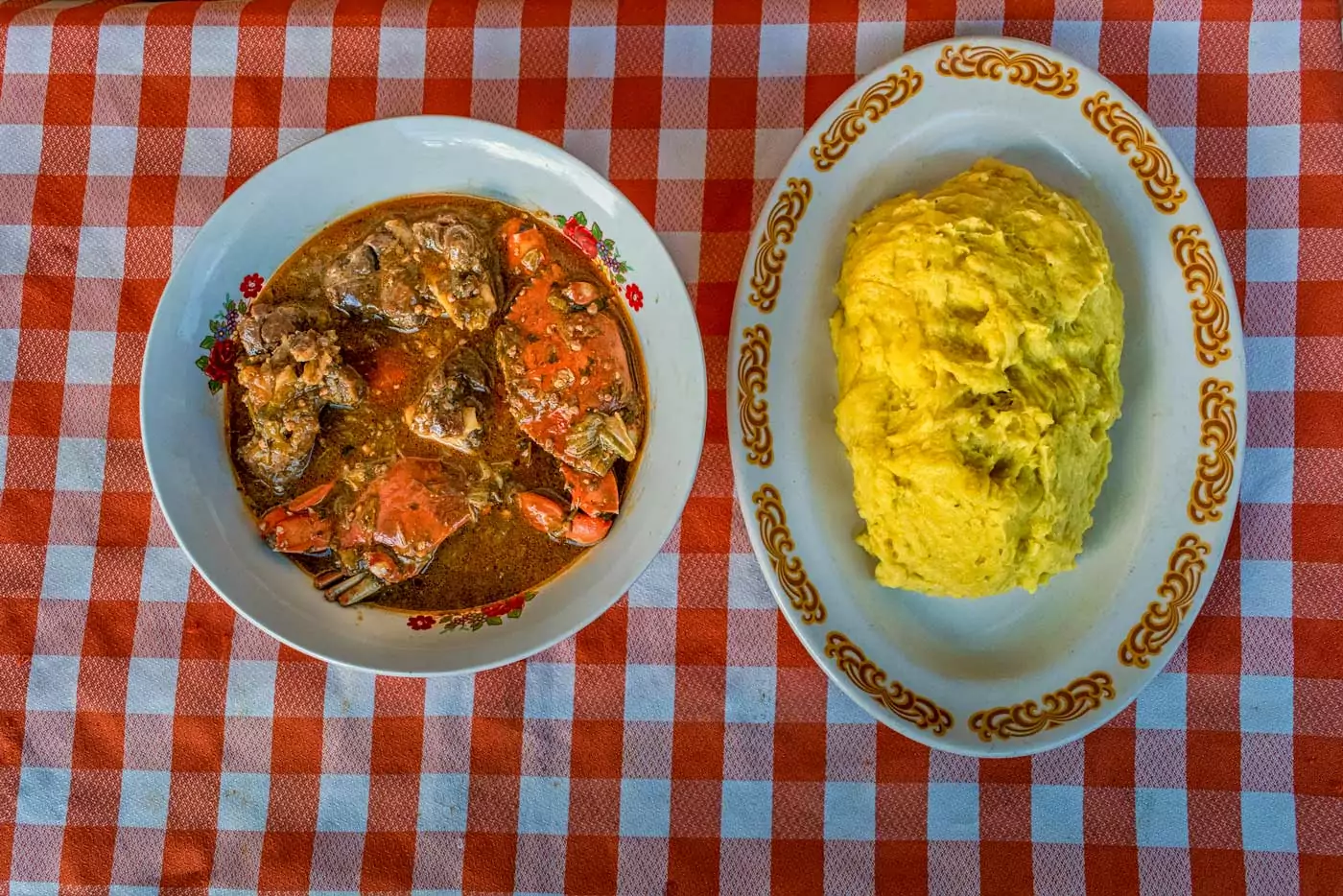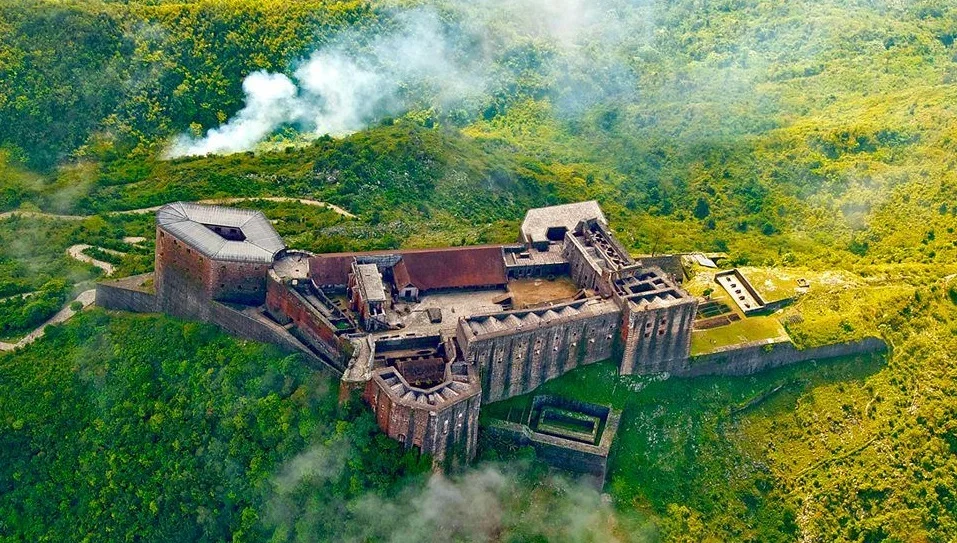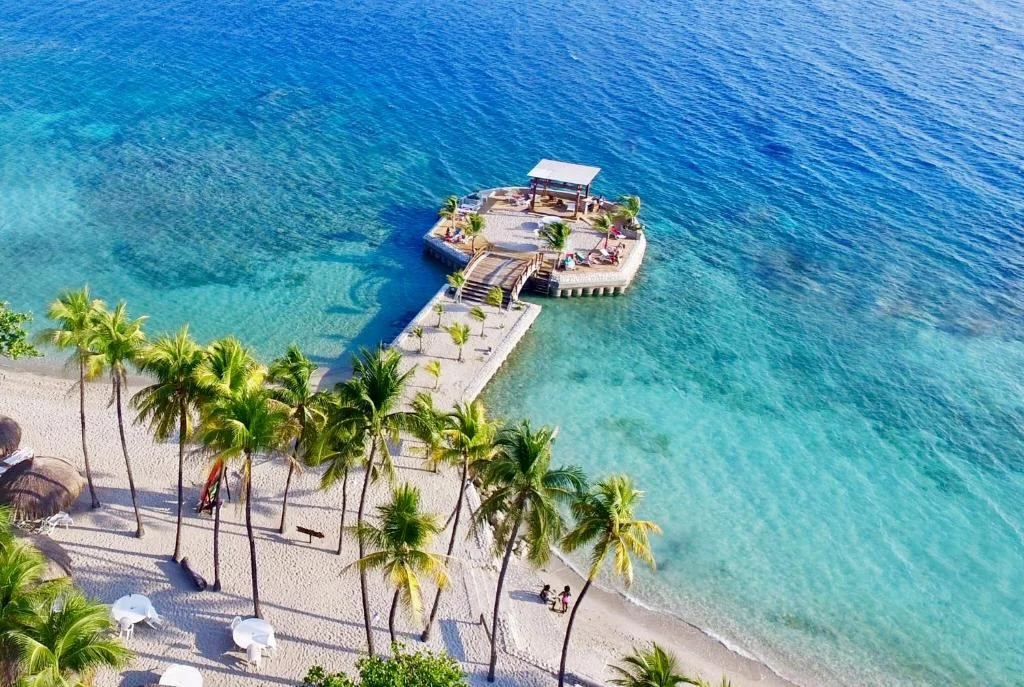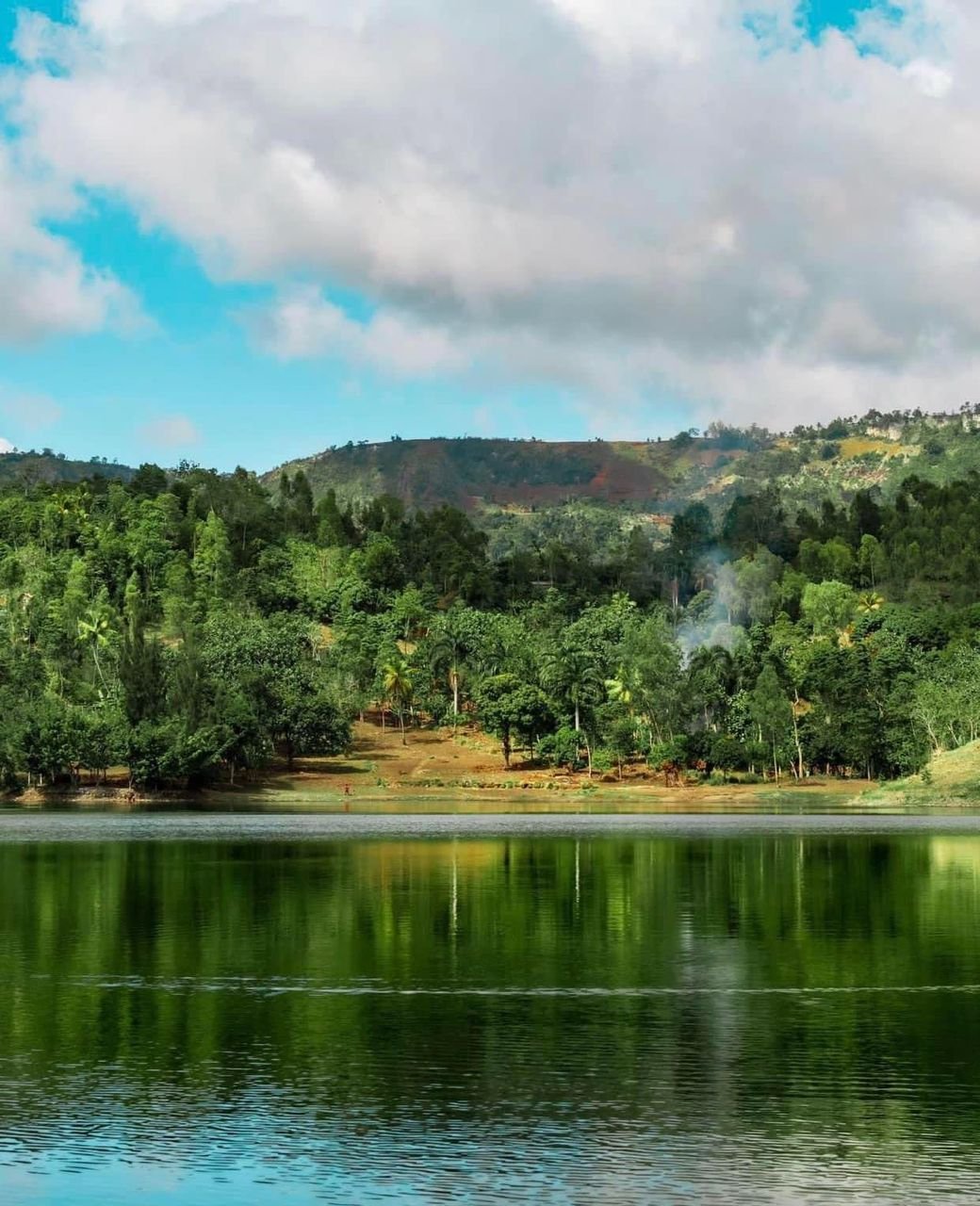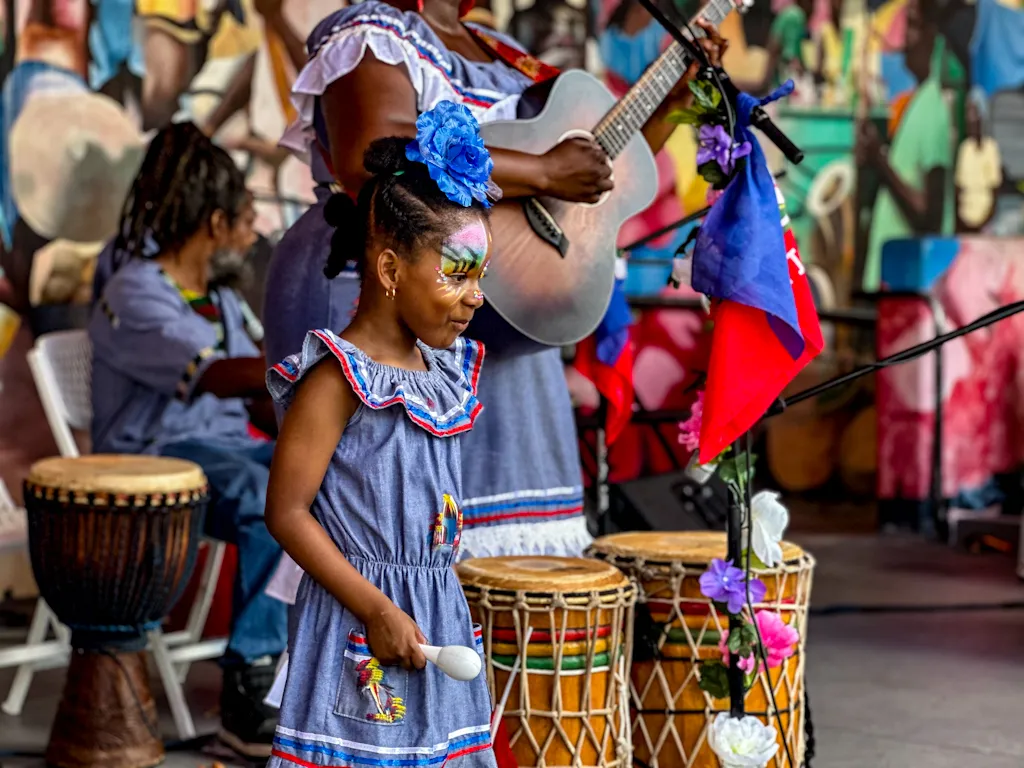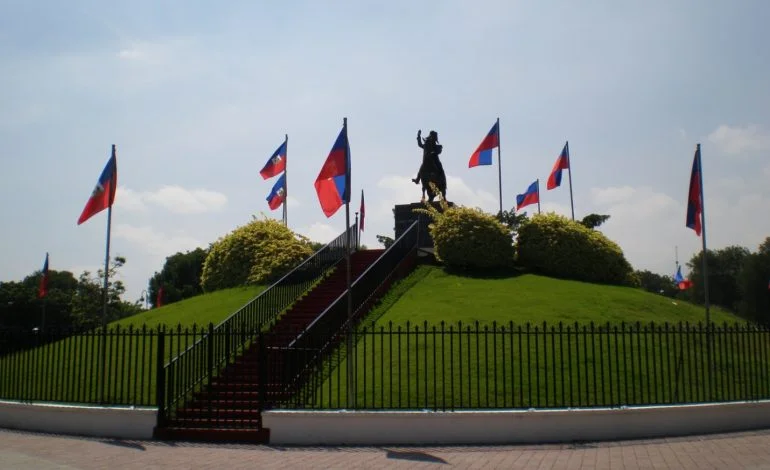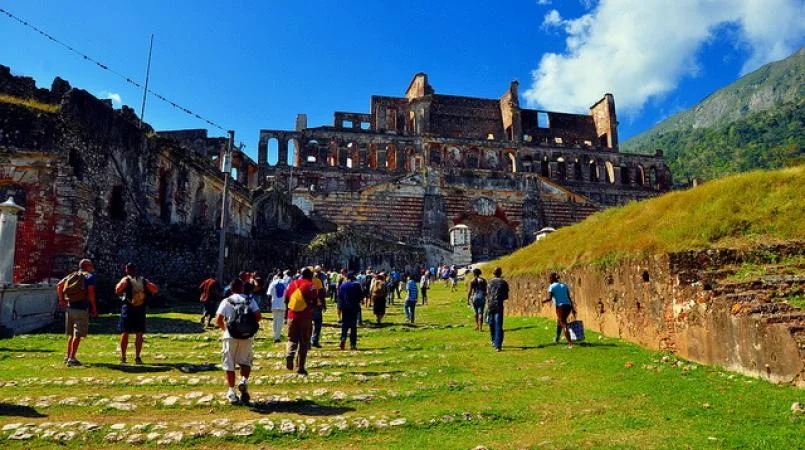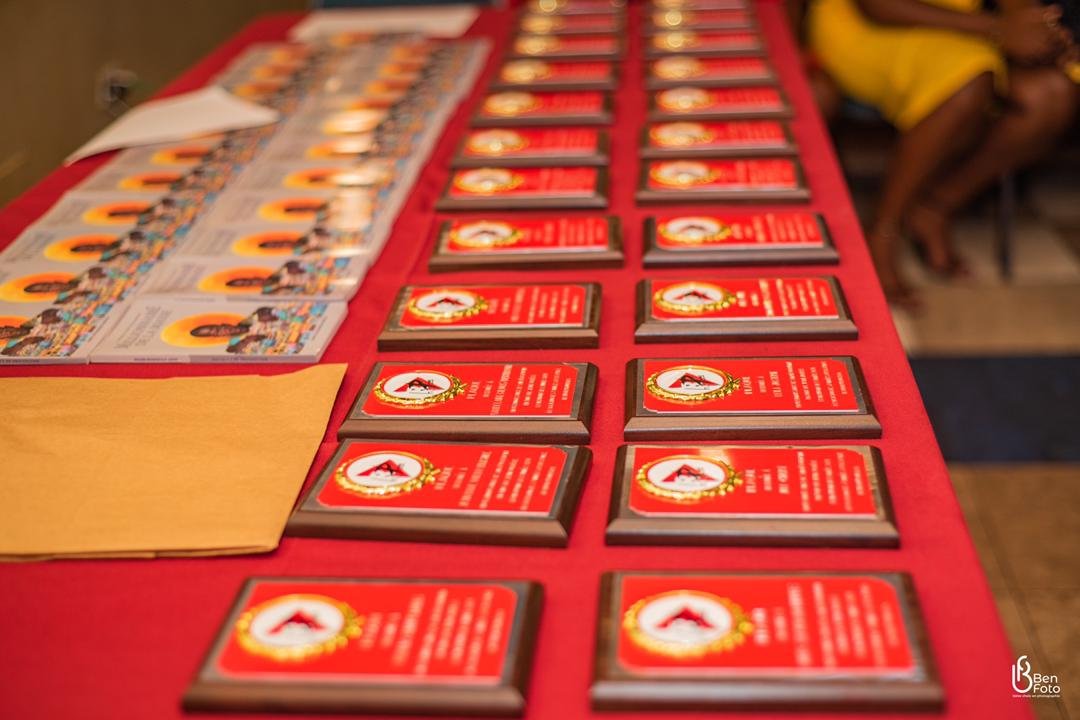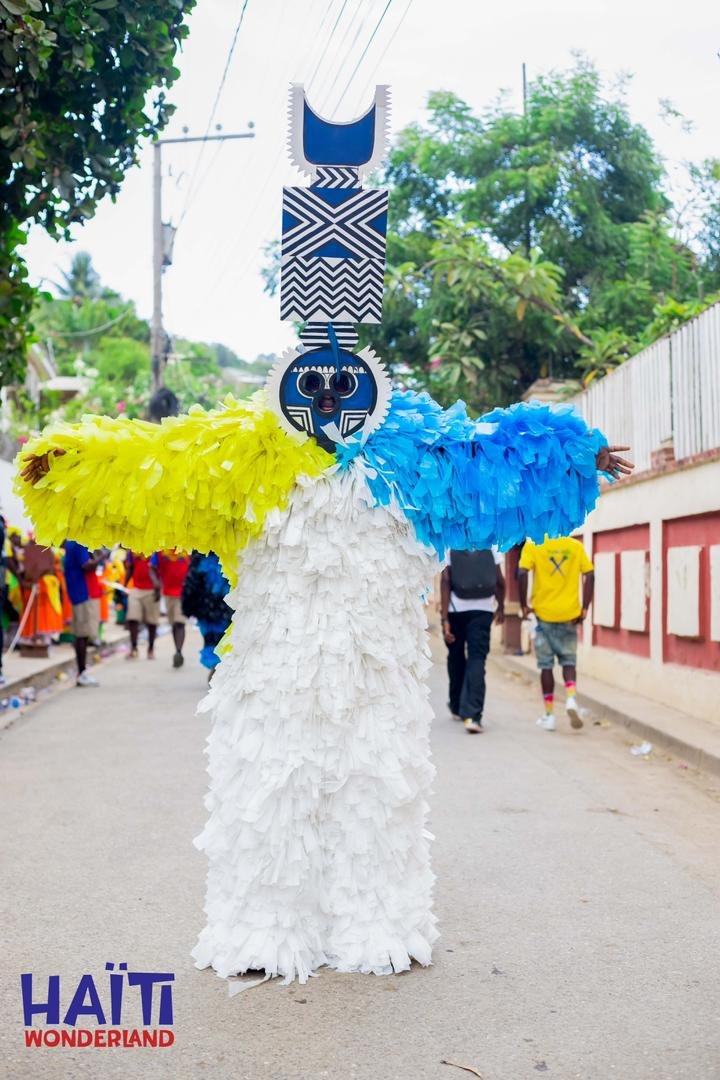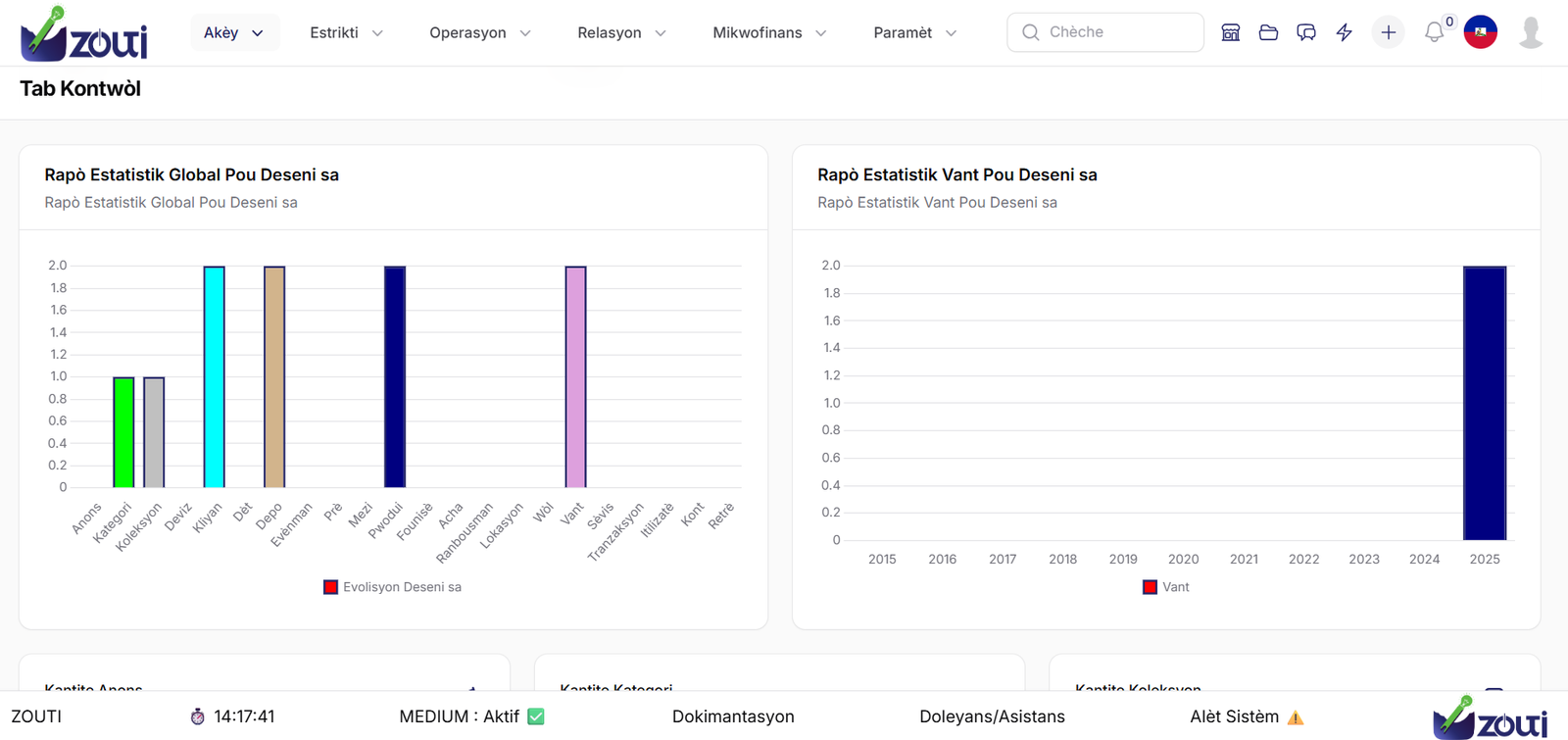Bouillon pois haïtien : une tradition à revivre
Autrefois incontournable dans les foyers haïtiens, le bouillon pois était une véritable tradition culinaire, servi presque tous les samedis. Ce plat nourrissant et réconfortant réunissait les familles autour de la table, offrant une explosion de saveurs et un apport nutritionnel essentiel. Cependant, avec l’évolution des habitudes alimentaires et l’influence croissante de la restauration rapide, il est de moins en moins préparé par la nouvelle génération, au risque de tomber dans l’oubli.
Le bouillon pois à l’haïtienne est une soupe épaisse préparée à base de pois rouges ou noirs, longuement mijotés jusqu’à obtenir une texture veloutée. Ce bouillon est ensuite relevé avec des épices locales comme l’ail, le thym, le persil et les clous de girofle, puis agrémenté de légumes tels que carottes et épinards. Certaines variantes y ajoutent des morceaux de viande souvent du bœuf ou du porc et des petits dumplings appelés "dombrés" "bòy", qui lui confèrent encore plus de consistance.
Voir Aussi
Alors, pourquoi ne pas renouer avec cette tradition et préparer un bon bouillon pois ce samedi, comme le faisaient nos grands-parents ?
Lire l'article en :











